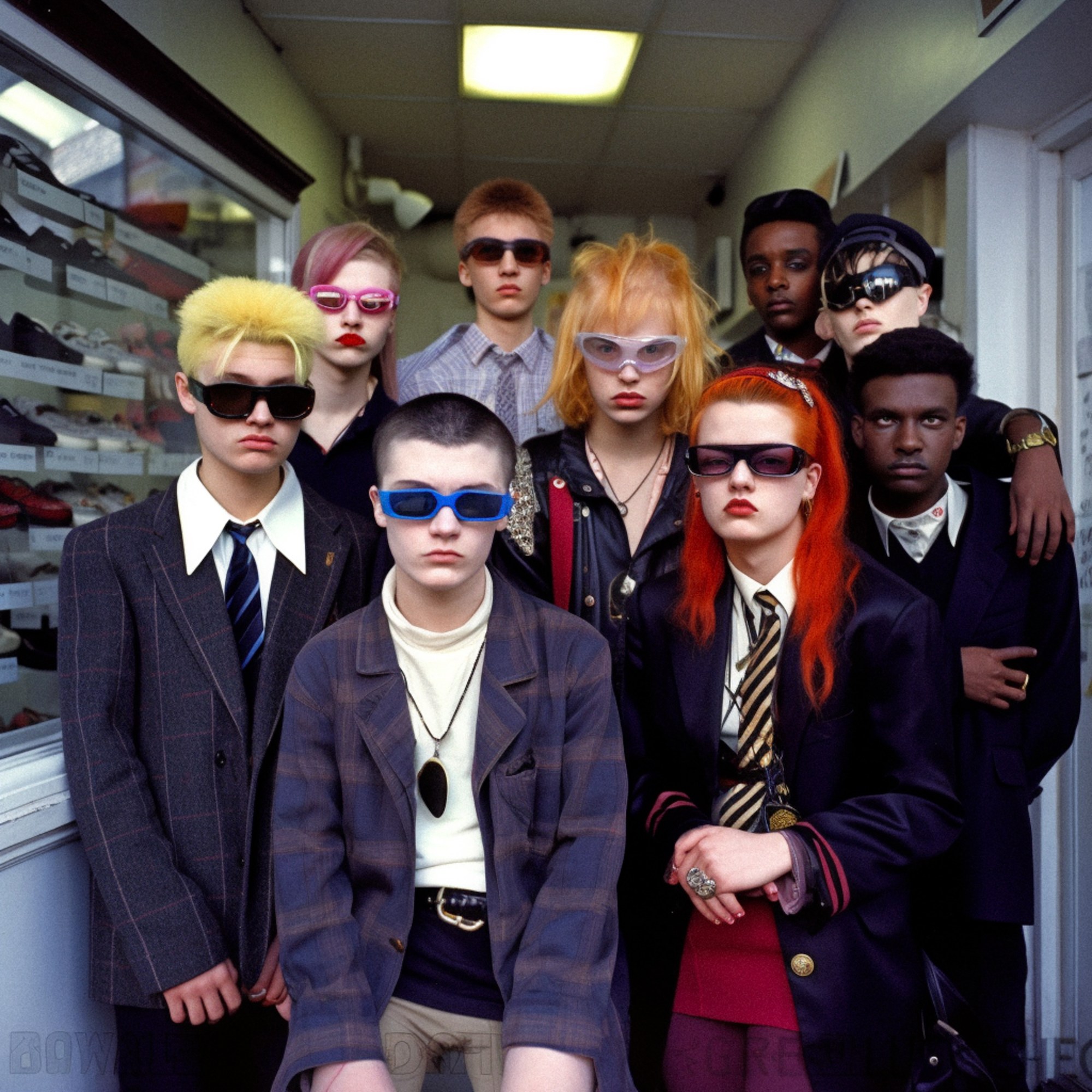When the earliest widely available photographic process was made public by Louis Daguerre in 1839, it caused quite the stir. The art critic and poet Charles Baudelaire is famously remembered for his ardent denouncement of the medium, arguing that photography, carried out by way of a machine, was a sterile technology with no future in the fine arts. Despite protestations, the speed at which the practice entered the lives of society and gained ground as a potent communication tool was exponential, likened only to the advent of the printing press some centuries earlier. Until now, that is.
Over 180 years later, sensationalist reception to images fabricated by artificial intelligence is similarly calling into question the renaissance form of image making, the value in aesthetic fictionalism and AI’s implications for ‘real’ artists. Emerging from the furore of political and ethical debate is a tide of visual storytellers using generative text-to-image artificial intelligence models to imagine hyperreal dreamworlds.

One such place is Prospex Park, a retro-futurist suburb somewhere in the uncanny valley conceived by creative director Rupert Cresswell. Presented in a multi-chapter series of portraits, the animated Instagram feed introduces us to a cast of ritzy strangers in monochromatic Gucci-esque ensembles as they embark on the trip of a lifetime. “Prospex Park is a love letter to the colourful, the eccentric and the queer,” Rupert says. “AI liberates me from the usual constraints of time and budget that I face as a creative director in my day job, and I’m free to explore personal themes, aesthetics and influences without regard for commercial tastes.”
Where photography had once presented the novel opportunity of plucking art from its exclusionary existence in the imagination of the artist, with AI, we begin to experience this even more immersively, colliding the artistic nuance of the human experience with the vast memory of the mechanical to create something bigger. Walking the fault lines are artists like Rupert, whose zealous pursuit of utopia introduces us to the alternate histories of places, spaces and people of the future.
“It dawned on me that I was perhaps following in a queer cannon with my images,” Rupert says. “The tradition of queer people inventing their own utopia, either an imagined world or literally a place they can live safely and authentically without conservatism baked into the social rules. Prospex Park is that for me.”

“We all have distinct ideas of what the perfect utopia might be, and AI presents an opportunity to reflect these perspectives,” says Sienna O’Rourke, the designer behind the equally otherworldly Instagram tableaux Planet Fantastique. “Whether that be a hedonistic place of self-expression and carefree abandon or a nostalgic wonderland with family and community at heart, it is all about beautiful escapism and that human drive to seek something beyond ourselves. In the post-war era, the notion of a utopian future dominated pop culture; think The Jetsons or Star Trek. We are living in the age that a lot of these pieces reference, but our society is far from utopian. With the advent of AI capabilities, we are starting to see a window into a world of possibility, and that is why I’m drawn to this medium to communicate these stories.”
Contributing to the arresting nature of these fictional worlds is the perpetuation of a consistent personality behind the lens. Whilst thinking machines such as Midjourney and DALL-E require prompt engineering and a curated process of inpainting and outpainting (for example, telling the program you don’t like the shape of a woman’s hat and then writing ‘I would like her to have a pink top hat’) to achieve a hyper-realistic image, they also rely on the artists’ fertile arsenal of visual references. Where Prospex Park and Planet Fantastique creators look to the campy schtick of 60s sci-fi and the cinema of David Lynch, Sy Goldstein, known by his Instagram moniker, @sy_the_ai_photo_guy, expresses the collective imagination of New York City street photography in the 80s.
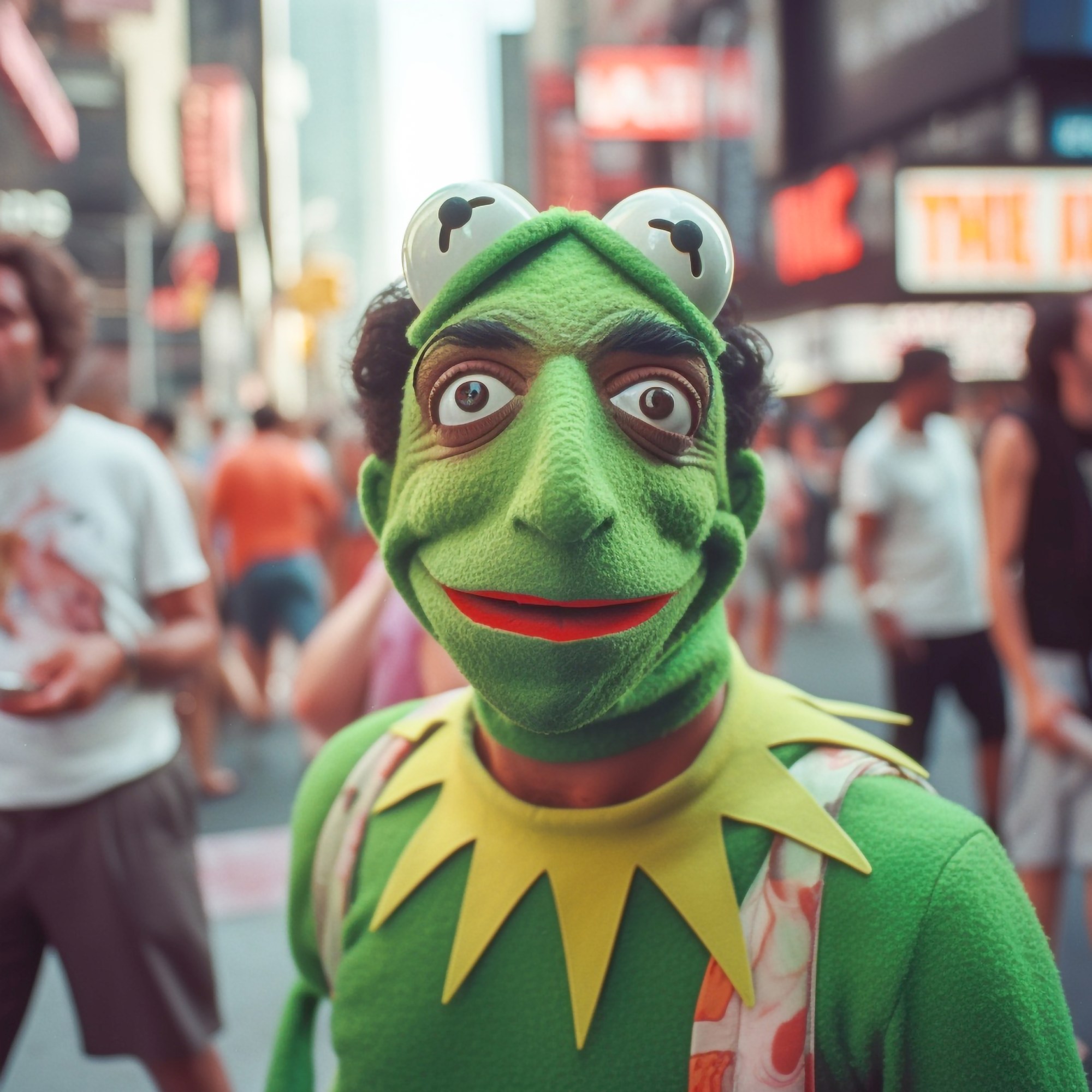
Sy’s Transmetropolitan-style series is injected with a healthy dose of silliness, where bemused employees floating in a sea of computers meet Muppet convention attendees. These personalities, he shares, arise from a place of nostalgia, preserving a version of the city that everyone recognises but that never actually existed.
While we’re unlikely to mistake a creepily convincing Kermit lookalike as a real person captured on the streets in 1980, artificial images that contain very real cultural references raise valid questions around the ethics of aesthetic deception, a concern that isn’t lost on photographer and AI artist Luke Nugent. His super-specific depictions of fictional subcultures draw on a range of visual cues from goth club kids to Tumblr seapunks. “We are entering a new era of post-truth when it comes to the consumption of visual information,” Luke says. “People will find it harder to trust whether or not they are looking at something ‘genuine’.”

Locating the truth of an image is our foremost concern. The implications for the subterfuge of images in the age of AI are already sending shockwaves through the art world and wider society with computer generated images winning art contests and invoking racial and discriminatory bias. Synthetic content is being leveraged to service political agendas and spread misinformation and the US Special Forces have roused debate around the worrying impacts of AI on global conflict by investing in deepfake technology in order to generate messages and influence operations.
But Luke suggests that it’s not necessarily artists like himself and his contemporaries that people should be worried about. “AI encapsulates such a broad range of technologies and usages that we should be directing our attention to things like cyber security and national security,” the artist continues. “It isn’t something that can be put back in the box like all revolutionary tech, so we must accept it, embrace it (with appropriate caution), and understand how it will affect us in ways that are both good and bad.”
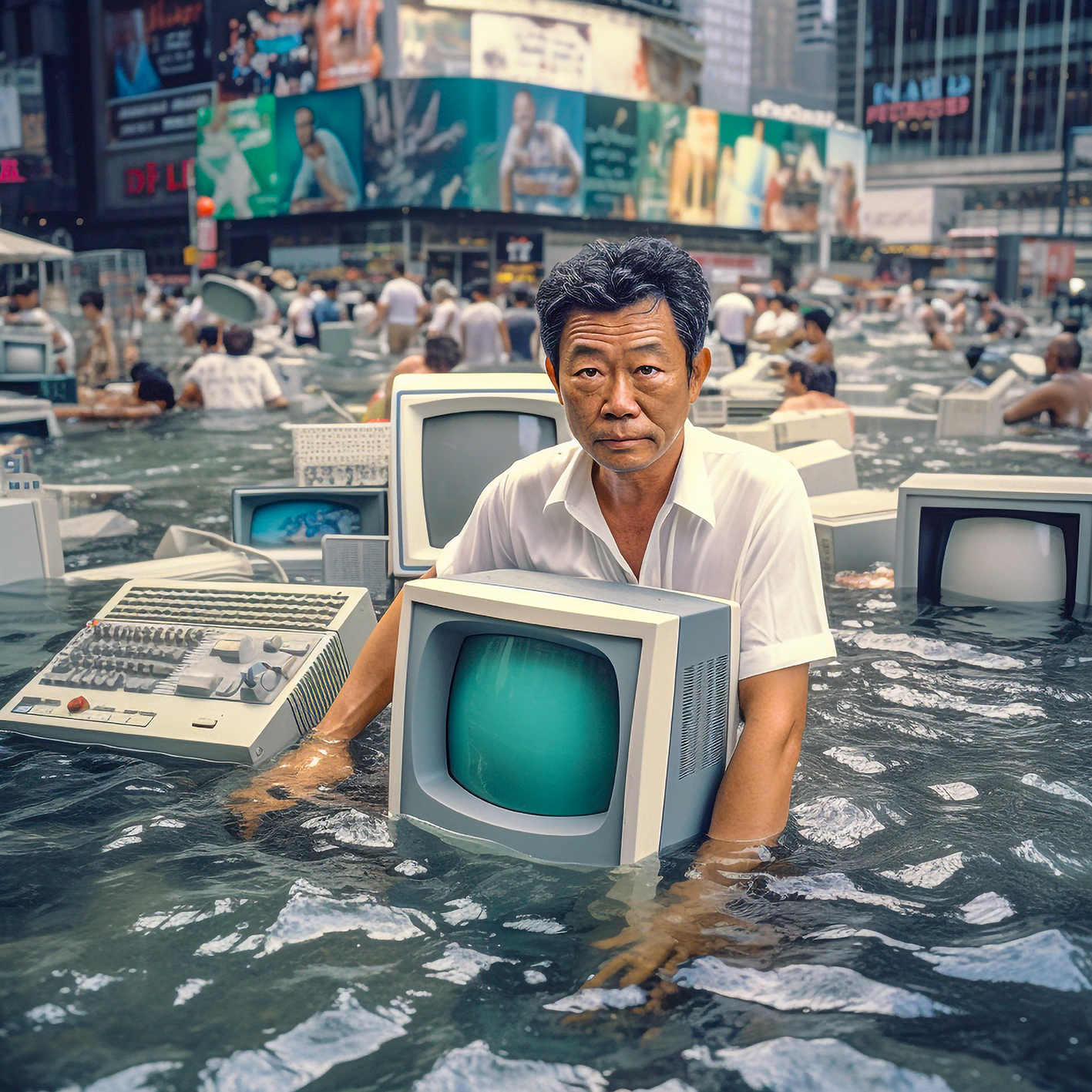
An accusation often thrown at these artists is that their images undermine the value and faculty of ‘real’ photographers, exploiting an already vulnerable workforce. A jibe that Sy suggests comes from “a complete misunderstanding of how AI works”.
“AI can’t create in a vacuum,” Sienna says. “Although anyone can make images with ease, it still takes creativity and artistic vision to produce meaningful work.” These programs are merely tools, and the responsibility rests on prompts to make something derivative. “It’s like blaming a guitar for ripping off a song rather than holding the musician accountable for copying a tune”, Rupert says. But the question is, can we trust users not to violate these unwritten rules? In a recent motion that will no doubt be met with ardent critique, Japan has declared that using datasets for training AI models doesn’t violate any form of copyright law, meaning that it can freely harvest publicly available data without the need for permission from its owners. Where then does that leave the artists whose original work is being appropriated, hijacked and rebranded? Will they be discouraged from sharing their work at all?

In her 2017 book Nonhuman Photography, Joanna Zylinska describes how all forms of photography are a “cyborg practice”, an augmented sight that refactors how we perceive images. AI, in many ways, is just another extension of this. “Photography itself enables AI image-making software to draw from a seemingly limitless palette of subject matters giving this new medium a unique and exciting ability to reference and combine all manner of historical and cultural visual ideas to present new imagined worlds,” Luke says.
There is an edge to AI ‘photography’ that curdles the familiar mode of both image-making and sharing, but there is also a case for joy and experimentation here. Through meticulous editing and artistic direction, these storytellers present new, imagined worlds for us to dip our toes into.
“AI images aren’t one single thing,” Sy concludes. “They’re funny; they’re dark; they’re thoughtful; they’re cheap, hacky, original, unoriginal. Just like real photos and just like paintings and every other art form. It all comes down to how you use it, and I really hope that this expands the way we can view and experience art and photography.”
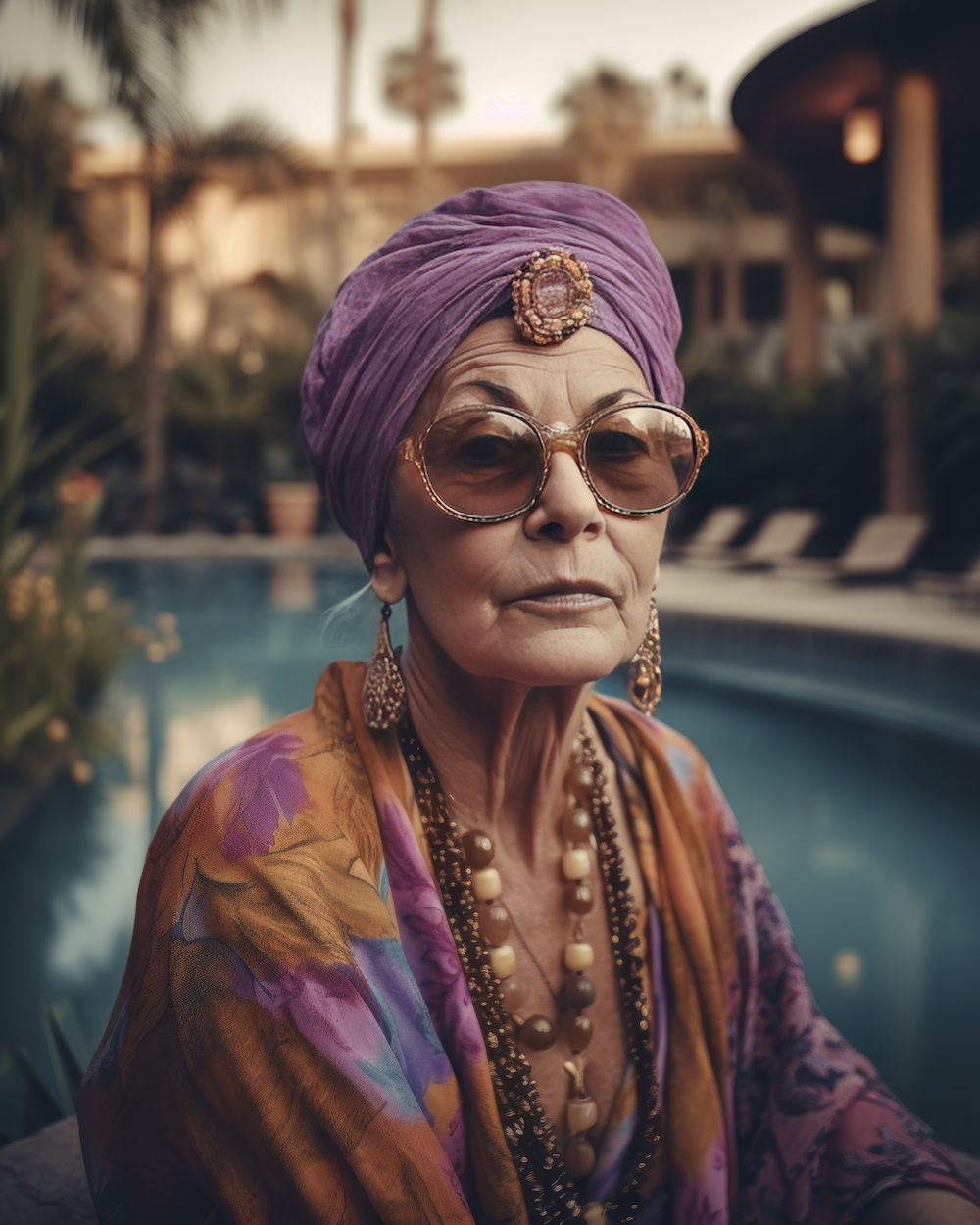
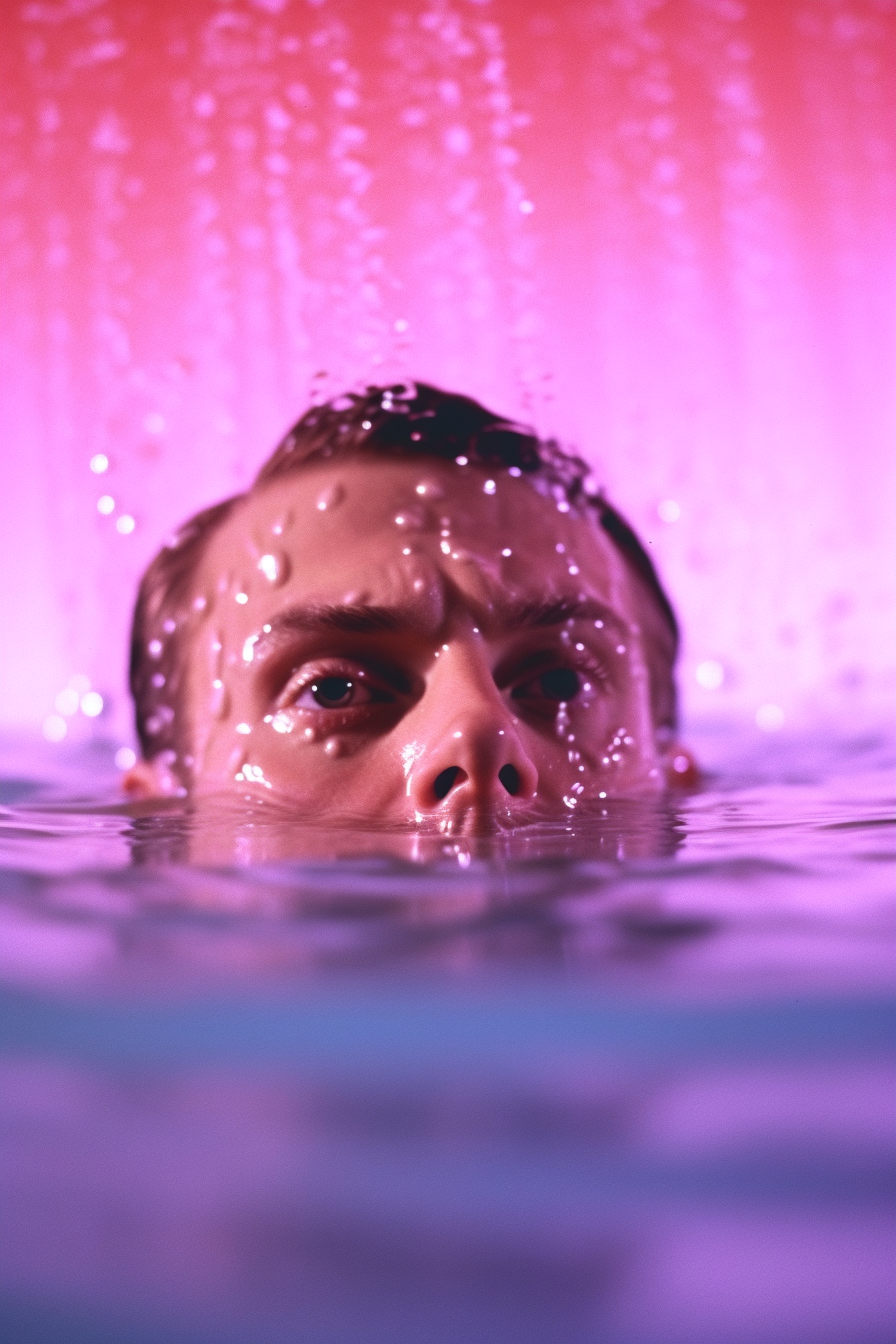
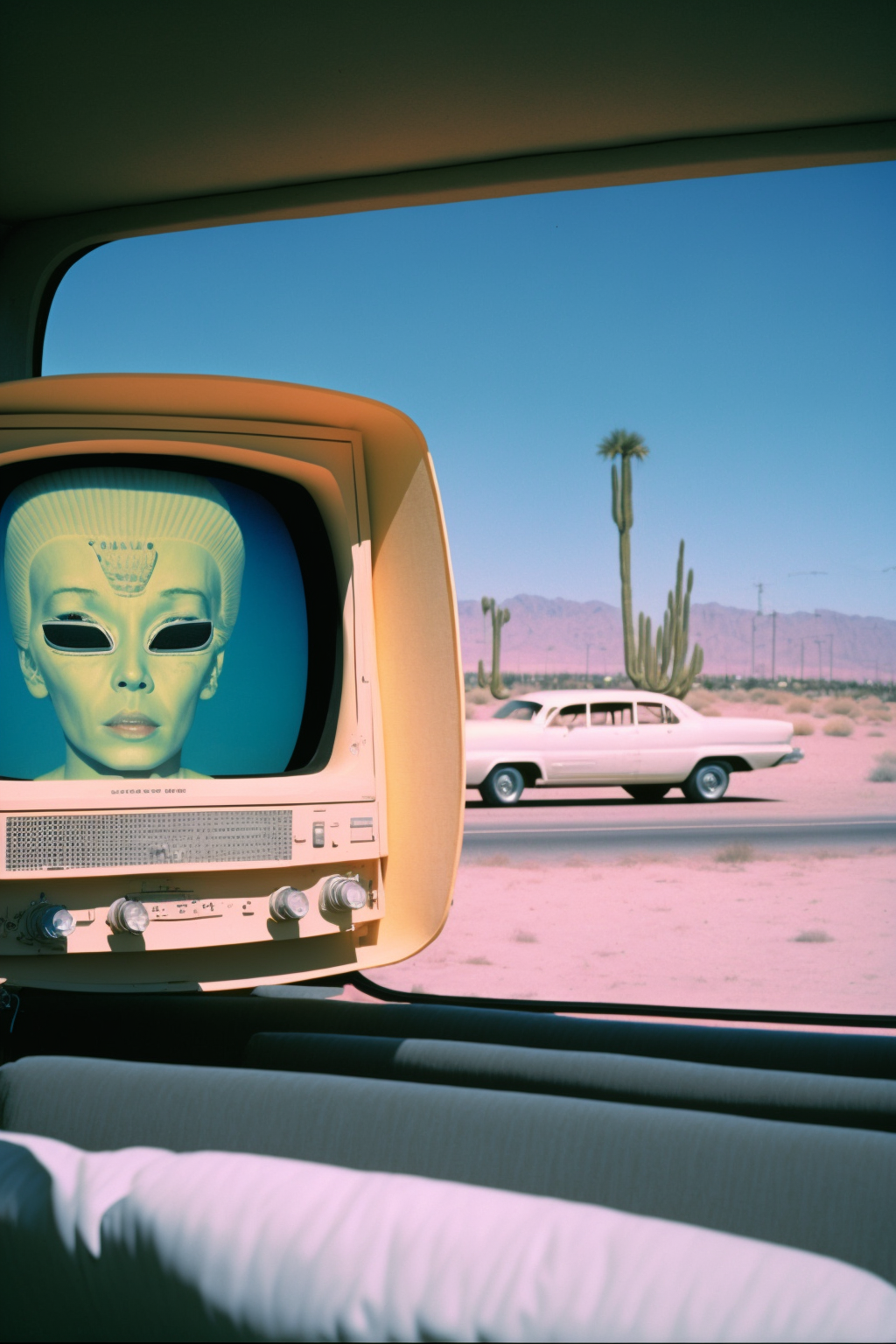
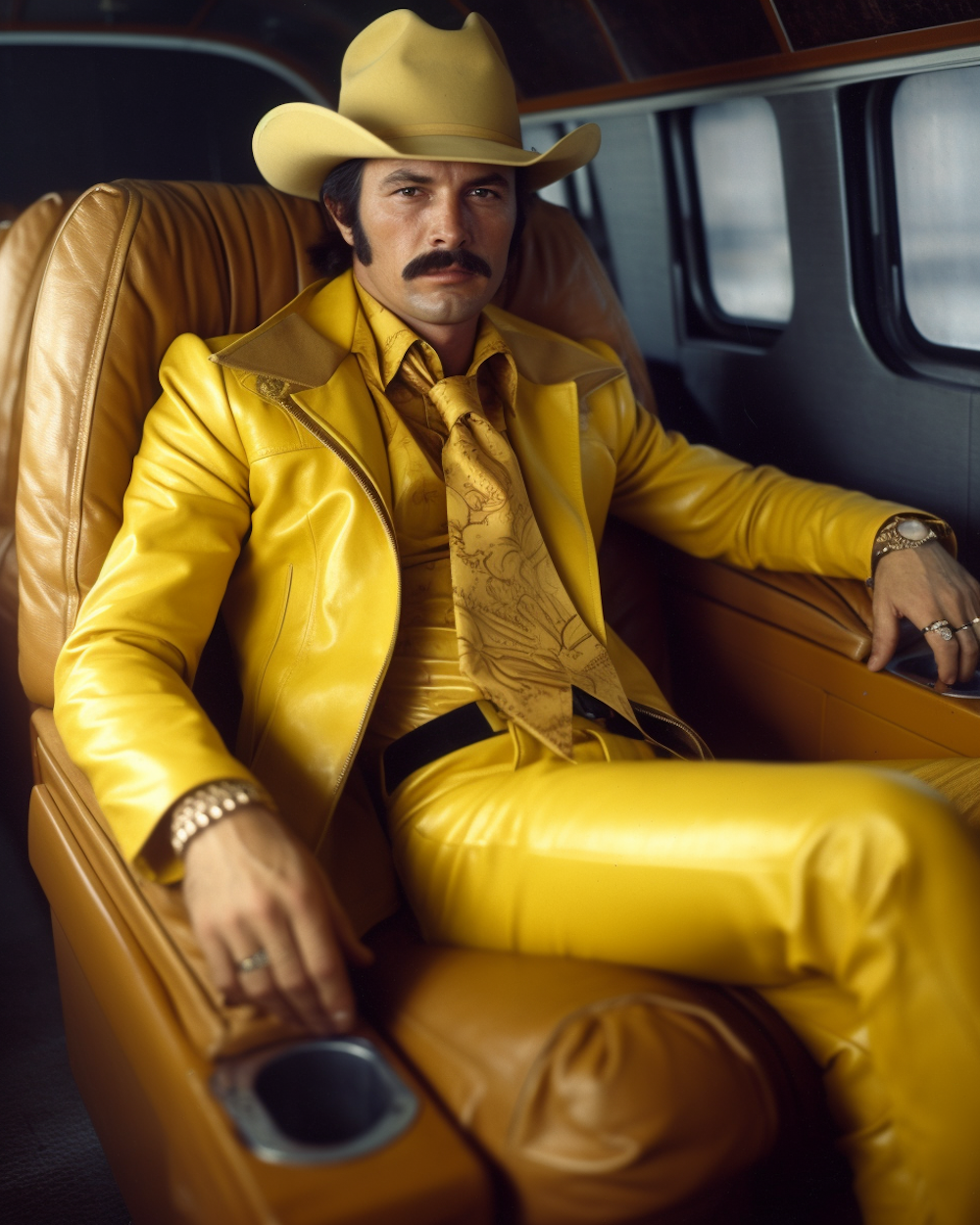
Credits
All images courtesy of the artists
